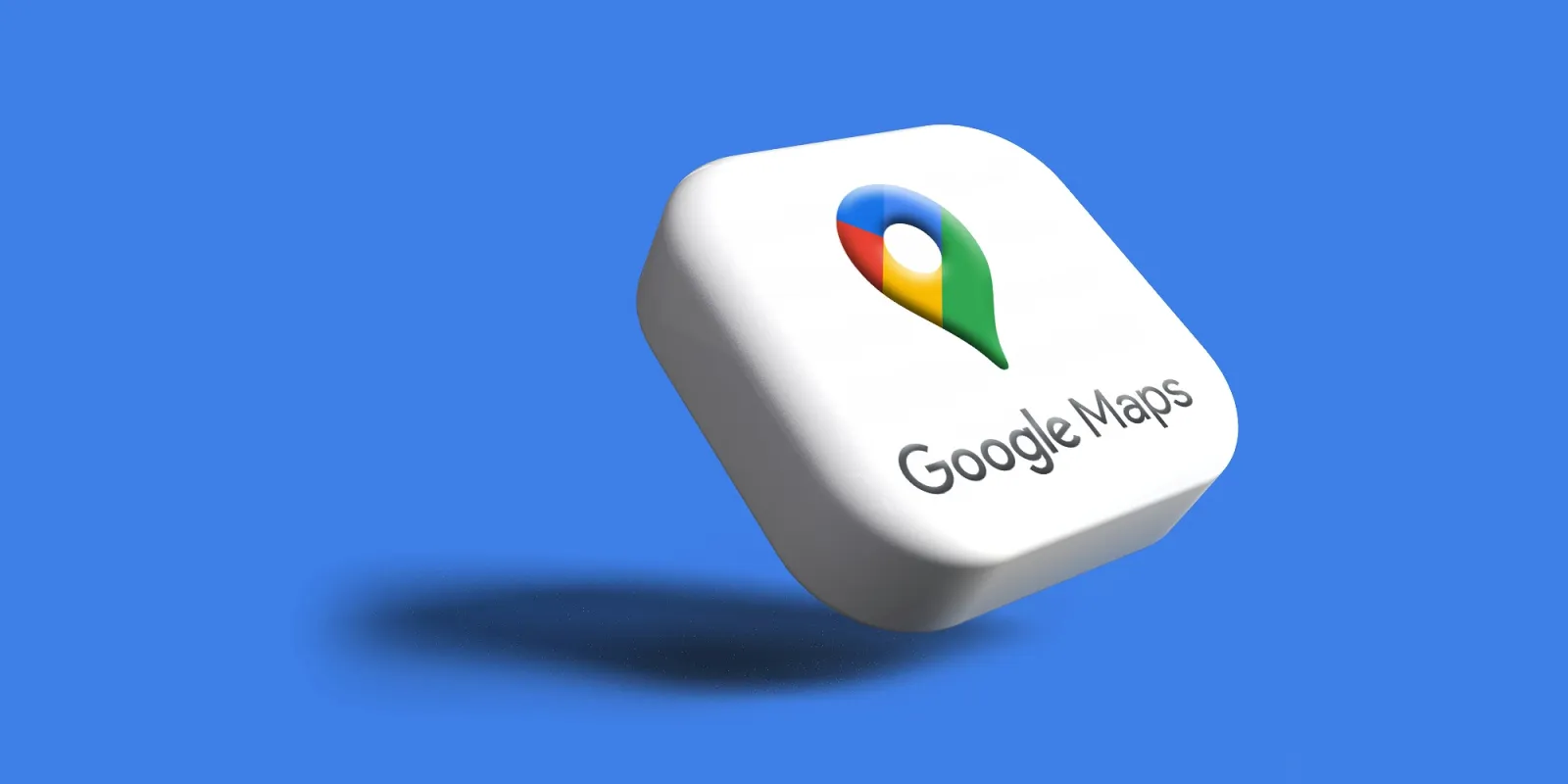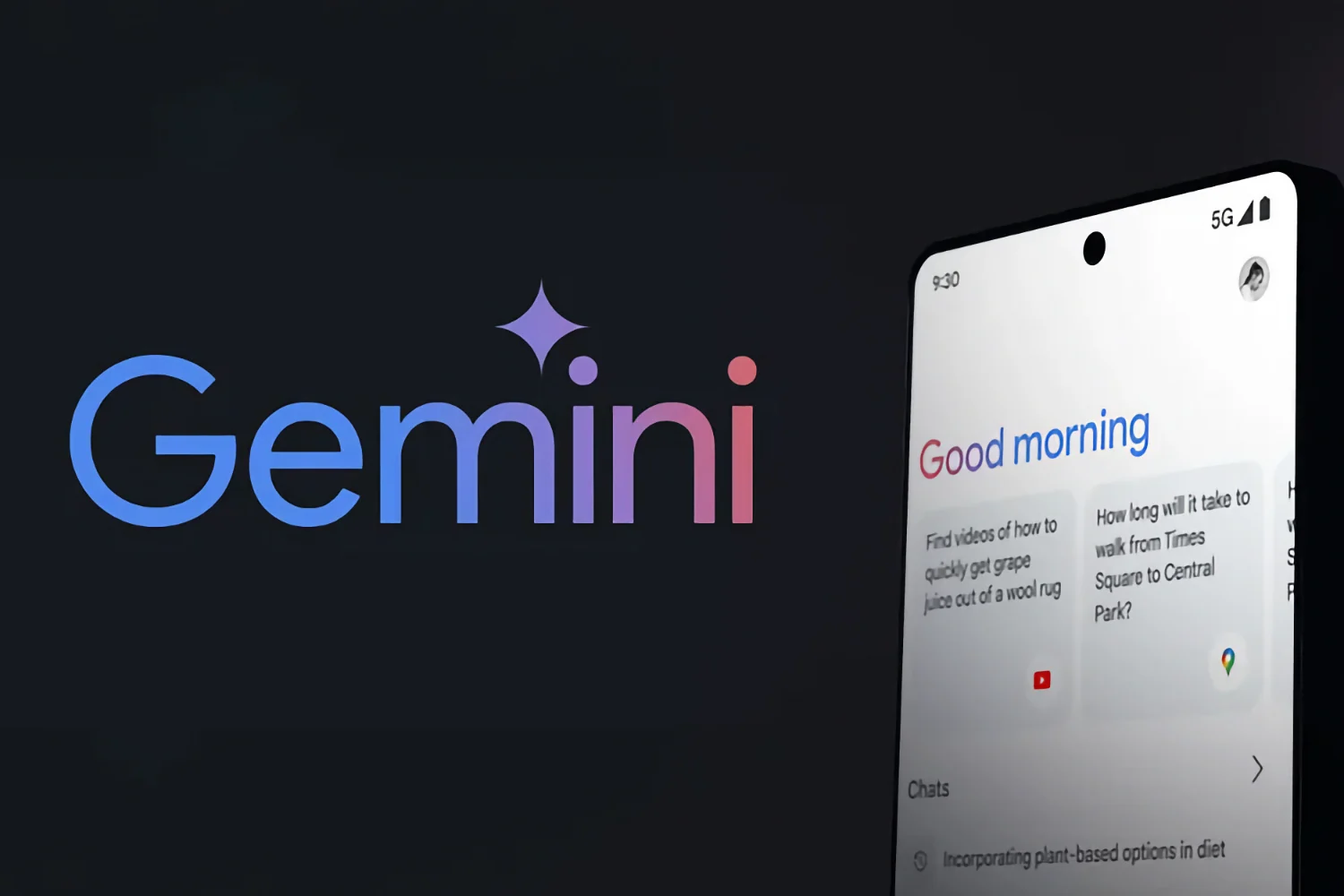For years, iPhone users have been clamoring for the ability to ditch Apple Maps and embrace their preferred navigation app, Google Maps. It seems their wishes are finally being granted, but with a catch: only in the EU. In a recent document outlining its compliance with the EU’s Digital Markets Act (DMA), Apple revealed that it will soon allow users in the EU to set third-party apps like Google Maps as their default navigation app. This change, expected to roll out by Spring 2025, marks a significant shift in Apple’s famously walled-garden approach.
Why is this happening?
The DMA is a set of regulations aimed at preventing large tech companies, or “gatekeepers” like Apple, from abusing their market dominance and stifling competition. One of the DMA’s provisions requires companies to allow users to choose their preferred default apps, something Apple has historically resisted. This move to allow alternative navigation apps like Google Maps is a direct response to this regulation.
What does this mean for EU iPhone users?
Simply put, more freedom! Currently, even if you prefer Google Maps, any navigation requests from other apps or Siri will automatically open in Apple Maps. This can be frustrating for those who find Google Maps more reliable, feature-rich, or simply more to their liking. With this change, EU users will be able to seamlessly integrate their chosen navigation app into their iPhone experience.
When can we expect this?
Apple has indicated that this feature will be available by Spring 2025, likely with the release of iOS 18.4. This means that users might have to wait a while before they can finally bid farewell to Apple Maps and embrace Google Maps as their default navigator.
My Take:
As a long-time iPhone user who has often found myself frustrated by Apple Maps’ limitations (especially in rural areas!), I welcome this change. While I’m fortunate enough to live in a region where Google Maps already performs well, I’ve definitely experienced my share of “lost in the countryside” moments with Apple Maps. I believe that giving users the choice to use their preferred apps ultimately leads to a better user experience.
Beyond Navigation:
It’s worth noting that Apple’s document also mentions allowing users to set default translation apps. This means that popular alternatives like Google Translate could also become the go-to choice for language translation on iPhones in the EU.
The Bigger Picture:
This concession by Apple, though limited to the EU for now, could signal a broader shift towards greater openness in its ecosystem. It will be interesting to see if this change eventually extends to other regions and app categories.
What are your thoughts?
Are you excited about the prospect of finally setting Google Maps as your default on your iPhone? Or are you perfectly content with Apple Maps? Share your opinions in the comments below!





